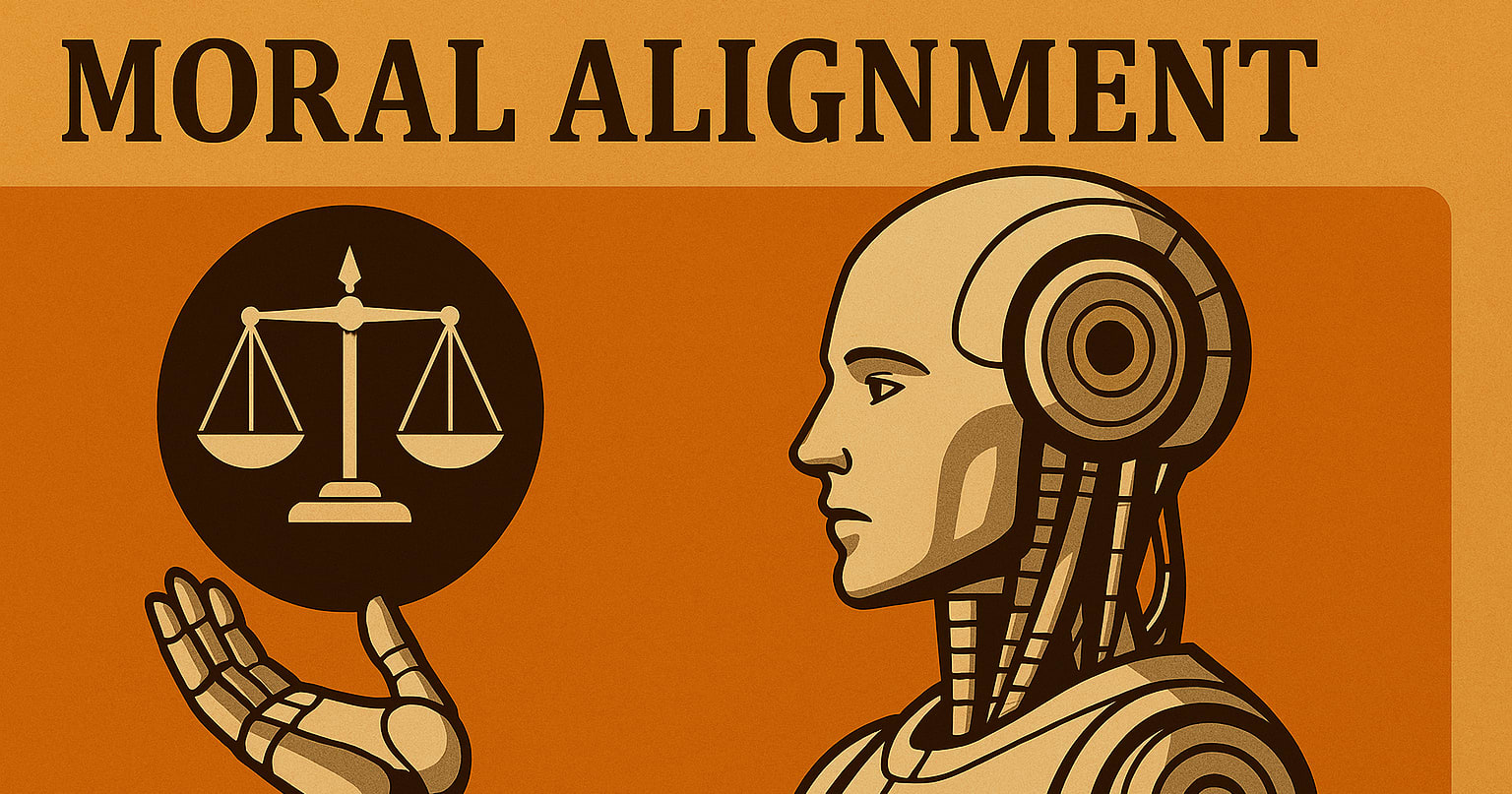Food for Thought is a series of events, where we discuss philosophical and practical questions of EA in small groups over food and drinks: We are exploring effective altruism one bite at a time. EA newcomers are welcome; studying the suggested material is encouraged but not required, please RSVP.
Topic
This time we want to look at a potential shortfall of EA and how to mitigate it. Maximizing the amount of good we can do could be seen as an abridged definition of the philosophy of EA. In this session we want to explore what dangers and pitfalls might be looming behind this credo of maximization:
Are we in danger of sacrificing critical values along the way in our pursuit of the most good? Is the maximand ("good") well enough defined in order to maximize it? What could protect the EA community against the dangers of maximization?
Or is this all not really relevant in a situation with limited resources and loads of low hanging fruits?
Suggested reading:
Maximisation is perilous by Holden Karnofsky
For anyone who wants more food for thought we recommend these two articles that both talk about different ways that could make the search for the right maximand more robust:
- Objections to Value Alignment Between Effective Altruists
- The Case of the Missing Cause Prioritisation Research
Where/How/What
This time, we’ll do a picnic in Monbijoupark (the exact location will be posted before the event as soon as we’ve put our blankets down on the grass).
What to bring
- Something to drink and something to eat/snack for yourself.
- If you find the time to prepare or buy extra food: something vegan to share which can be eaten without plates/cutlery would be much appreciated (this can be something very low effort but if you don’t have the time to prepare anything, feel free to drop by nevertheless).
- If you have one: please bring a picnic blanket.





Thank you all for joining! It would be great to see you all next time, where we'll do a special edition about the trolley problem: https://forum.effectivealtruism.org/events/R4F3M7WG3PvzZ2qis/food-for-thought-special-the-trolley-problem
As mentioned in the intro already, we are currently looking for good locations for the autumn/wintertime. Ideally something reasonably cosy where we could still bring our own food (the latter is not a must I guess). If you have any idea or hint, please let us know :)